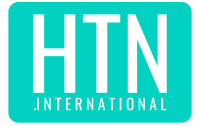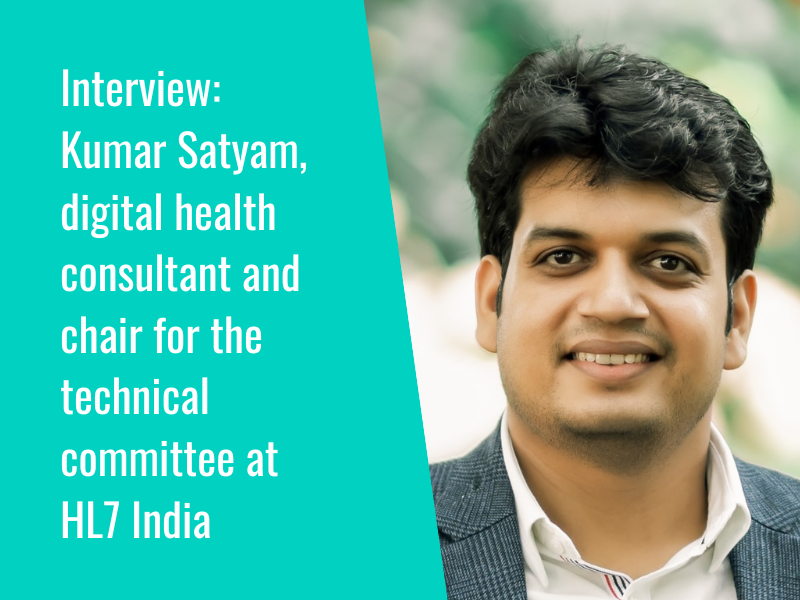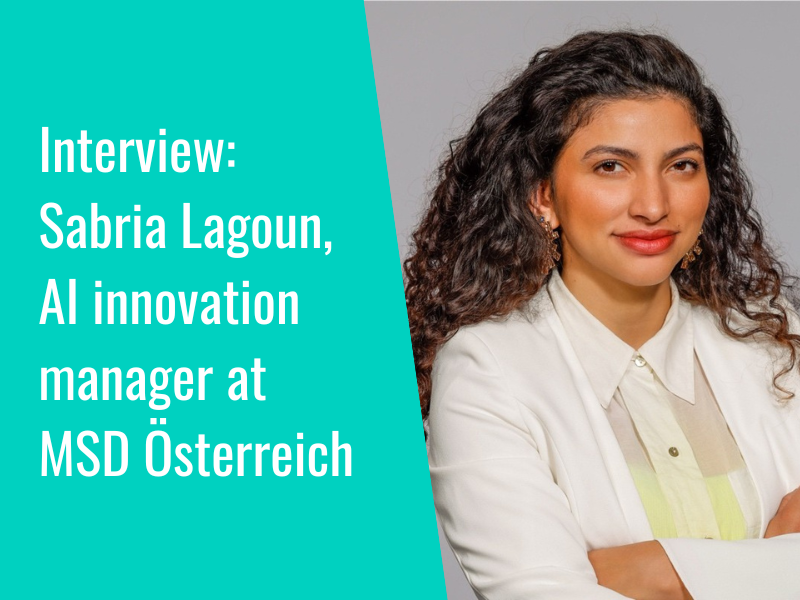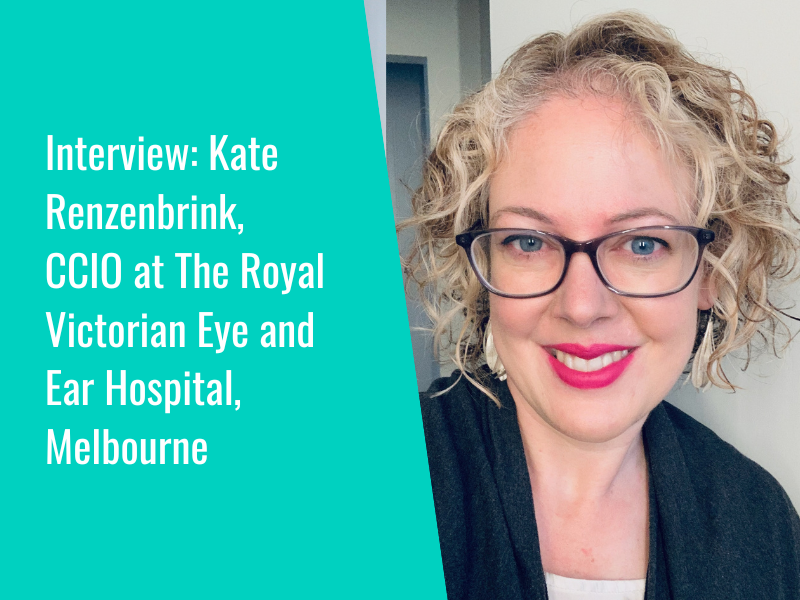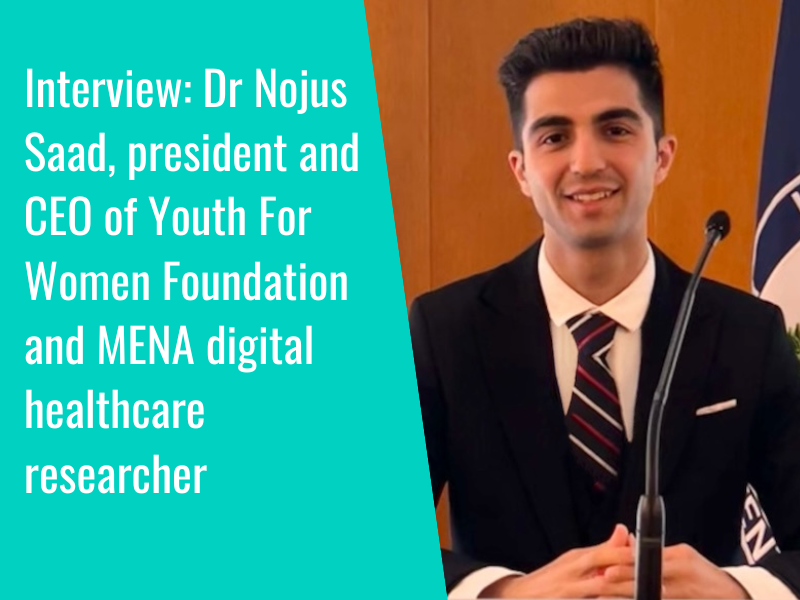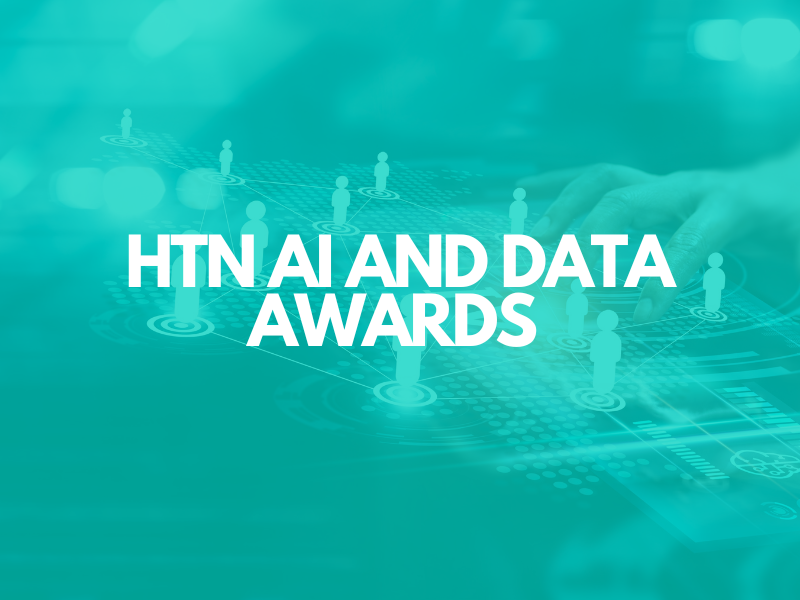A journal published last month in The Lancet Regional Health Europe explores “the discriminatory performances of an AI-based risk model in European screening settings”, with a nested case-control study finding that the AI risk model “showed generalizable discriminatory performances across European populations and, predicted ∼30% of clinically relevant stage 2 and higher breast cancers in ∼6% of high-risk women who were sent home with a negative mammogram”.
The study conducted a pooled analysis of four cohort studies, including women aged 45-69 who underwent mammographic screening in four screening populations: one in Italy, one in Spain, and two in Germany.
From each screening population, researchers included “incident breast cancers with a digital mammogram at study-entry and a diagnosis before or at the next screening round”. Cancers were included from 90-820 days after study-entry, in order to account for lead time to diagnosis after breast cancer detection, and controls were randomly selected for each population, resulting in a total of 739 breast cancers and 7,812 controls.
The study saw full-field digital mammographic images taken from the left and right breasts. These were used to extract AI-based mammographic features such as density, microcalcifications, masses and asymmetries, using the ProFound AI Risk Model 1 tool and the STRATUS mammographic density tool. Two-year “absolute risks of breast cancer” were calculated for each woman based on risk factors including age, national statistics on incidence rate, and “competing mortality risk”.
Discussing findings, the authors note that “performing additional examinations using a more sensitive modality after a negative screen increases the detection of breast cancers in an unselected population and in women with dense breasts”. They highlight that modelling using deep learning “has revived mammographic image analysis and resulted in the reporting of high predictive performances with a promise for using AI-based tools in the clinic”.
The research supports that the risk model “indicated a similar performance for capturing future diagnosed breast cancers in high-risk women with dense and non-dense breasts compared with women at a general risk of breast cancer”; “women with non-dense breasts are more likely to develop more aggressive interval cancers”; and “risk assessment using AI has the potential to improve screening outcomes”.
The authors conclude that “the image-derived AI-based risk model showed a generalized performance for identifying and classifying the risk of breast cancer in four European screening populations”, predicting “clinically relevant stage 2 and higher breast cancers in women who are at high risk of breast cancer before or at the next screen and are sent at home with a negative mammogram”.
To read the study in full, please click here.
Citation: Mikael Eriksson, Marta Román, Axel Gräwingholt, Xavier Castells,Andrea Nitrosi, Pierpaolo Pattacini, Sylvia Heywang-Köbrunner and Paolo G. Rossi, “European validation of an image-derived AI-based short-term risk model for individualized breast cancer screening—a nested case-control study” The Lancet Regional Health Europe (2023) DOI: https://doi.org/10.1016/j.lanepe.2023.100798
In related news, a journal published in eClinicalMedicine, part of The Lancet Discovery Science, has explored digital exclusion and functional dependence in older populations in high-income countries (HICs) and low- and middle-income countries (LMICs).
- 1
- 2
